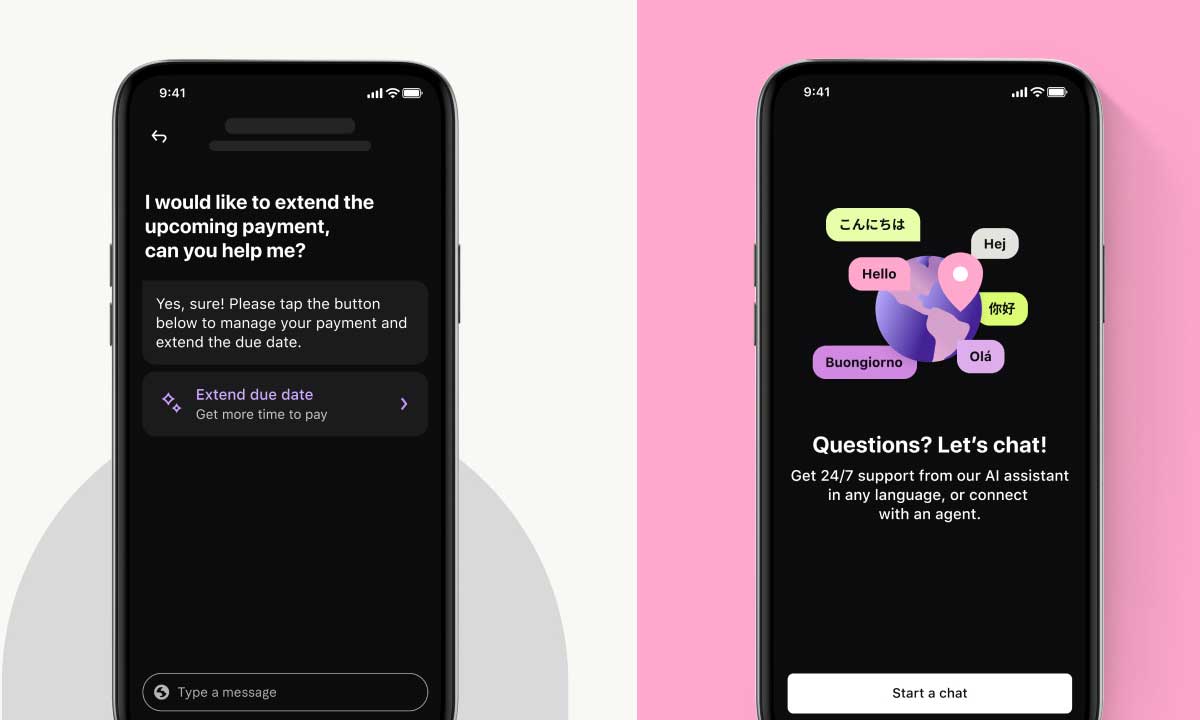Klarna Reintroduces Human Support After AI-Only Strategy Falters
Klarna, the Swedish fintech powerhouse best known for its buy-now-pay-later services, is changing course on its automation-heavy customer service model. After aggressively pursuing artificial intelligence to cut operational costs, Klarna CEO and co-founder Sebastian Siemiatkowski now admits the strategy sacrificed one critical element—human connection.
The company is responding by rehiring human customer service agents and launching a new flexible work program, signaling a major shift from tech-first to customer-first thinking.
Klarna’s Pivot from Automation to Empathy
Over the past year, Klarna leaned heavily into AI to streamline operations, reduce headcount, and bolster efficiency. It even became an early adopter and public advocate of OpenAI’s technologies, cutting nearly 700 customer service jobs in favor of machine-driven support systems.
But while the move impressed investors and tech enthusiasts, it left customers frustrated.
“AI is incredibly powerful, but we’ve learned it can’t replace the emotional intelligence and empathy of a real person,” Siemiatkowski said from Klarna’s Stockholm HQ. “There are moments when customers just need to speak with someone who understands nuance.”
In response, Klarna is testing a new model in which remote human agents—similar to rideshare drivers—can log in from anywhere to offer real-time assistance. This initiative targets students, stay-at-home parents, rural workers, and brand enthusiasts who want to work part-time or freelance from home.
Currently, two agents are live, but Klarna plans to scale the program in the coming months, ensuring that human help is always accessible—no matter how advanced AI becomes.
A Year of Unbalanced Automation
Klarna’s shift is a dramatic reversal from its 2023 narrative, when it fully embraced AI as the cornerstone of its service model. Siemiatkowski went so far as to describe Klarna as OpenAI’s “favorite guinea pig”, proudly integrating machine learning into customer-facing roles and internal systems.
For a while, the model seemed successful. Klarna paused hiring and reduced customer support costs, claiming that AI tools were matching, and even exceeding, previous human performance levels.
Shares of companies like Teleperformance SE surged on the news, as the fintech sector speculated that Klarna’s approach could become a model for the future.
But the celebration didn’t last.
“We pushed too far toward cost-efficiency and lost the quality that sets us apart,” Siemiatkowski admitted. “Now it’s about regaining balance and re-centering on the customer.”
AI Isn’t Gone—Just Repositioned
Klarna is not abandoning AI, but rather redefining its role. AI will continue to power backend processes, such as fraud detection, account management, and data-driven personalization. The company is also developing a digital financial assistant, designed to help users budget, compare interest rates, and find affordable insurance—without needing to call support.
But when it comes to emotionally complex or high-stress interactions, Klarna believes humans still do it best.
This hybrid strategy—leveraging AI for efficiency and people for empathy—is becoming a more popular approach among fintech and tech-adjacent firms, particularly as customer expectations rise.
Employment Outlook and Organizational Impact
Despite its human-focused pivot, Klarna isn’t likely to return to pre-AI staffing levels. Siemiatkowski projects the total workforce—currently around 3,000 employees—could shrink to 2,500 by next year due to continued automation in non-customer-facing roles.
“The trajectory is downward, but we’re making sure the cuts don’t undermine service quality,” he said. “We expect natural attrition to play a role in reducing headcount.”
The new remote agent model could also introduce a more gig-style workforce, offering flexibility for workers but potentially shifting Klarna’s employment model toward contract-based support rather than traditional full-time roles.
Behind the Shift: IPO Pressure and Market Instability
Klarna’s rethinking of its AI-first strategy also aligns with financial recalibrations and investor expectations. After peaking at a $45.6 billion valuation in 2021, Klarna’s market value plummeted to $6.7 billion in 2022 amid a global fintech slowdown.
In 2024, the company set its sights on a $15 billion IPO and aimed to raise at least $1 billion—but volatile markets in early 2025 caused Klarna to pause its public offering.
Analysts believe this renewed focus on human-led customer service is part of Klarna’s effort to rebuild consumer trust, improve satisfaction scores, and present a more stable, empathetic brand identity to potential investors.
Klarna’s Course Correction: A Sign of the Times?
Klarna’s experience illustrates a broader truth many companies are now grappling with: automation without empathy can cost more than it saves. While AI delivers speed and scalability, it still lacks the relational depth and problem-solving finesse of human beings—particularly in emotionally charged scenarios like financial stress or product disputes.
As AI continues to evolve, Klarna is betting on a future where machines and people collaborate, not compete, to deliver a higher standard of service.
For fintech firms walking a similar tightrope, Klarna’s shift may offer a valuable blueprint: harness the power of automation—but never lose the human touch.
Read also:

